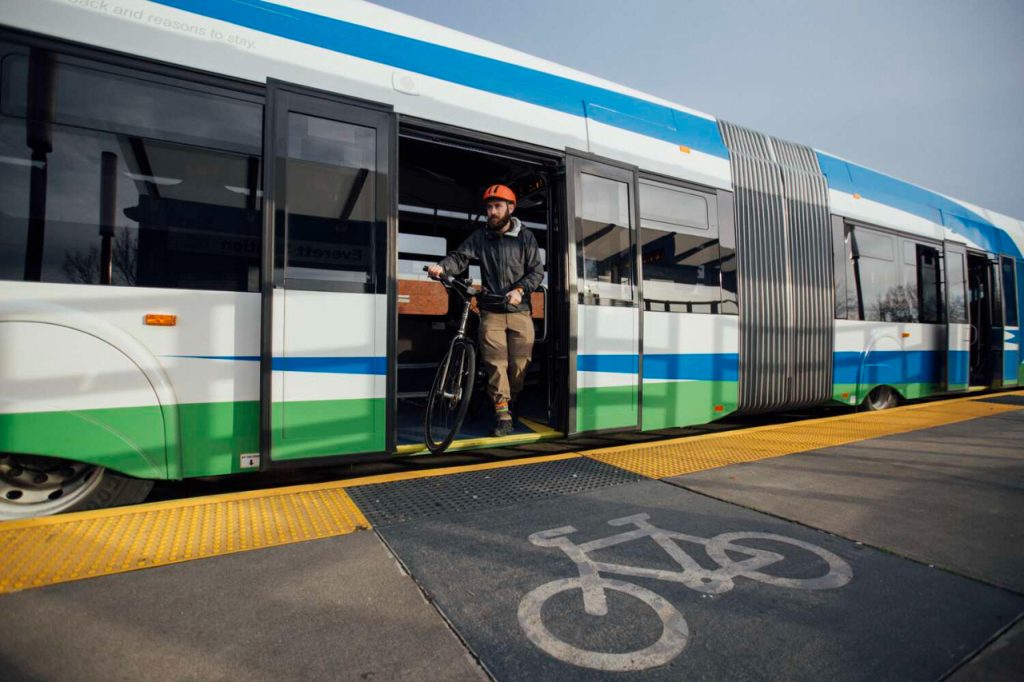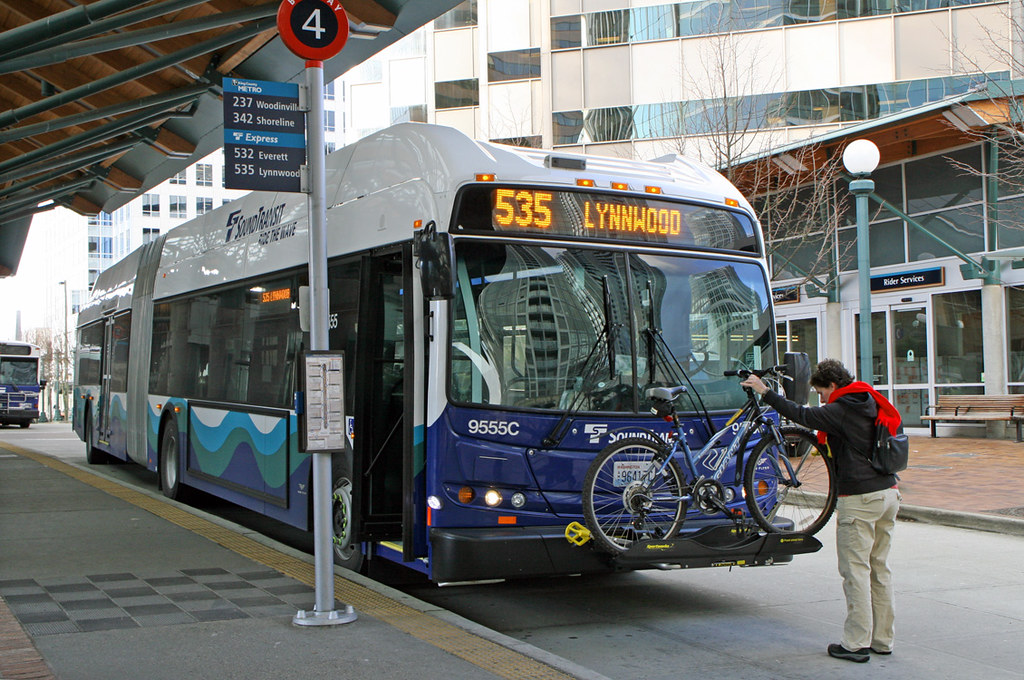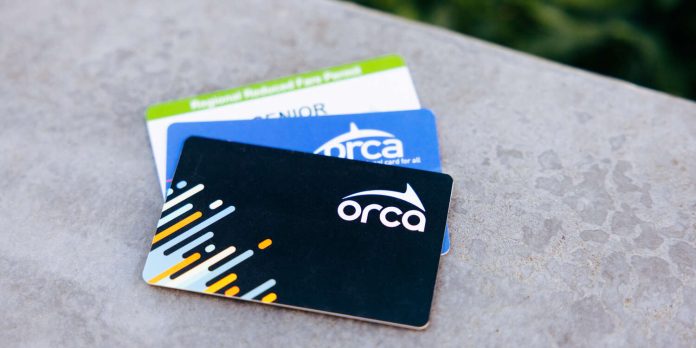Community Transit will likely soon be getting rid of its commuter fare, which at $4.25 per ride is considerably higher than local and Swift fares. The fare structure change is being precipitated by the coming elimination of most commuter routes to Seattle this fall. Without those routes, the agency no longer needs a separate commuter fare.
The last time that Community Transit touched its fare structure was in 2022. At the time, the agency was enticed by new Transit Support Grants meant to supplement revenue lost by instituting free youth fares. Community Transit consequently has been offering free youth fares since September 2022 and is receiving about $22.4 million in state grants for this biennium. That’s more revenue than the agency would have received in youth fares, but it could be under threat with an initiative headed to the November general election to repeal the state’s Climate Commitment Act which generates funding for the program.
The last time Community Transit actually increased fares was in 2018. Regular bus fares went from $2.25 to $2.50 for local routes at the time and commuter routes saw zone-based fares consolidated into one commuter fare.
Community Transit may eventually pursue further changes to its fare system, but it’s too early to say what that might look like.
“We will evaluate our overall fare structure after the major network changes this September and may propose changes in 2025 or 2026 once we have a chance to let the dust settle and see how our network and fares are serving riders,” Martin Munguia, a Community Transit spokesperson, told The Urbanist.
The agency has a 20% farebox recovery target, but it’s not a mandatory policy. “Our farebox recovery was just over 20% pre-pandemic but dropped when ridership decreased during the pandemic,” Munguia said. “Farebox recovery was 7% in 2022.” A figure for 2023 is not yet available, but is likely to be notably higher given that ridership was up 23% year-over-year from 5.8 million riders in 2022 to 7.2 million riders in 2023.

As operating costs go up, fares collected generally cover a smaller and smaller share of operating costs even as ridership grows. As a result, transit agencies occasionally need to raise fares in order to catch up and reach farebox recovery targets. Munguia said that Community Transit doesn’t have a particular cadence for fare increases, but the agency does make an internal evaluation every two years or so for potential changes.
Many Puget Sound transit agencies also modify fares every few years for similar reasons, but that is also in part because the regional ORCA pod is committed to only hiking fares in 25-cent increments. Other systems across the globe increase fares annually, mostly in line with inflation and operating costs but at smaller increments if need be.
New York City, London, and Vancouver, British Columbia typically increase fares annually with the latter already having outlined a decade-long plan for annual fare increases. Vancouver’s TransLink is set to increase regular Compass Card fares this July by a modest 5 to 10 cents depending upon the number of zones riders travel within on a trip, bringing regular fares to $2.60 on the low end and $4.90 on the high end. Then in 2025, the agency plans to raise fares another 10 to 20 cents depending upon travel zones.
For now, Community Transit plans to retain $2.50 fares for local trips with reduced $1.25 fares for people with ORCA Lift or who hold senior and disabled rider passes. Youth riders aged 18 and under will also continue to ride free.
Community Transit’s new 900 series express routes deploying in the fall would be categorized the same in the revised fare structure as local and Swift bus service. Route 424, the sole remaining commuter route planned to continue operating from Snohomish to Downtown Seattle via SR 522, I-405, and SR 520, would also be categorized the same.
Riders wanting express service on the I-5 corridor to Seattle will need to rely on Sound Transit. The agency will offer ST Express bus service with Routes 510 and 515 providing service between Downtown Seattle and Lynnwood with Route 510 extended as far as Downtown Everett. Snohomish County riders will also be able to catch 1 Line trains from stations in Lynnwood, Mountlake Terrace, and Shoreline.

Most Snohomish County riders connecting to Link in the fall will have to pay an extra 50 cents over local fares since Link is moving to a flat $3 fare system whereas regular ST Express bus fares are slightly higher at $3.25, but both are still less than the $4.25 fares for current commuter route options. Another alternative that will continue to be available is the Sounder N Line, which has distance-based fares ranging from $3.25 to $5. To avail of the lowest fares, riders will need to use their ORCA cards for transfers.
Riders can weigh in on Community Transit’s proposed fare change through May 3. Once changes are authorized, they will come into effect on September 14, which coincides with the fall service change.
Correction: This article has been updated to better reflect evaluation of further fare structure changes.
Stephen is a professional urban planner in Puget Sound with a passion for sustainable, livable, and diverse cities. He is especially interested in how policies, regulations, and programs can promote positive outcomes for communities. With stints in great cities like Bellingham and Cork, Stephen currently lives in Seattle. He primarily covers land use and transportation issues and has been with The Urbanist since 2014.


